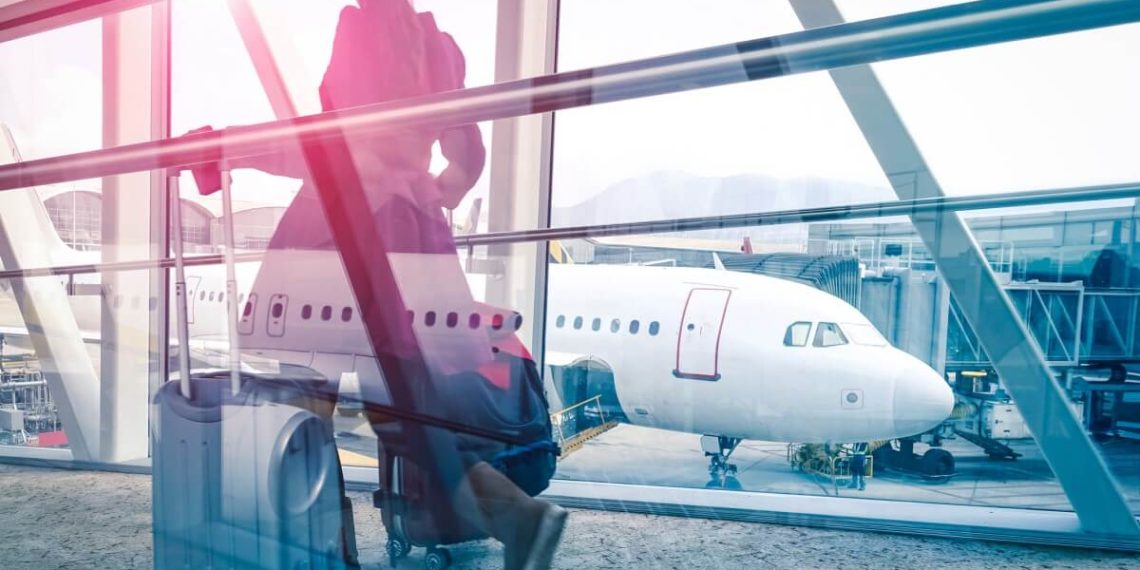Bucharest’s Henri Coandă International Airport and Băneasa Aurel Vlaicu International Airport in Romania are gearing up for separate Schengen and non-Schengen flows, according to a press release issued by the Bucharest National Company (CNAB).
Two-thirds of international travelers to and from Romania travel to Schengen area destinations, making the preparation for separate flows crucial. The infrastructure at the Henri Coandă airport was designed for the Schengen/non-Schengen system and has seen significant efforts to accommodate the doubled passenger traffic over the last 11 years.
In March 2024, Romania and Bulgaria will partially join the Schengen Zone by air and sea, following an agreement reached between the two countries and Austria called “Air Schengen.” The Council of the European Union stated that the date of Romania and Bulgaria’s accession to the Schengen Zone by land will be decided after March 31, once the air and sea border controls are lifted.
The impact of COVID-related restrictions has affected air traffic in Romania, but it is showing significant improvement. CNAB revealed that in 2022, the air traffic at Bucharest Henri Coandă International Airport and Bucharest Băneasa Aurel Vlaicu International Airport registered 12,610,247 passengers, representing an 82.2 percent increase compared to 2021 figures.
In 2021, the air traffic at these airports registered 6,922,297 passengers, accounting for a 54.89 percent surge compared to 2020. The readiness for accession to Schengen by air and sea in Bulgaria is also apparent, with anticipation of quicker processing through the terminals for over two-thirds of passengers at Sofia Airport upon accession. With the airports in Romania and Bulgaria preparing for separate Schengen and non-Schengen flows, the future of travel to and from these countries looks promising.
Still have some travel questions? Ask in our Travel WhatsApp Group.








